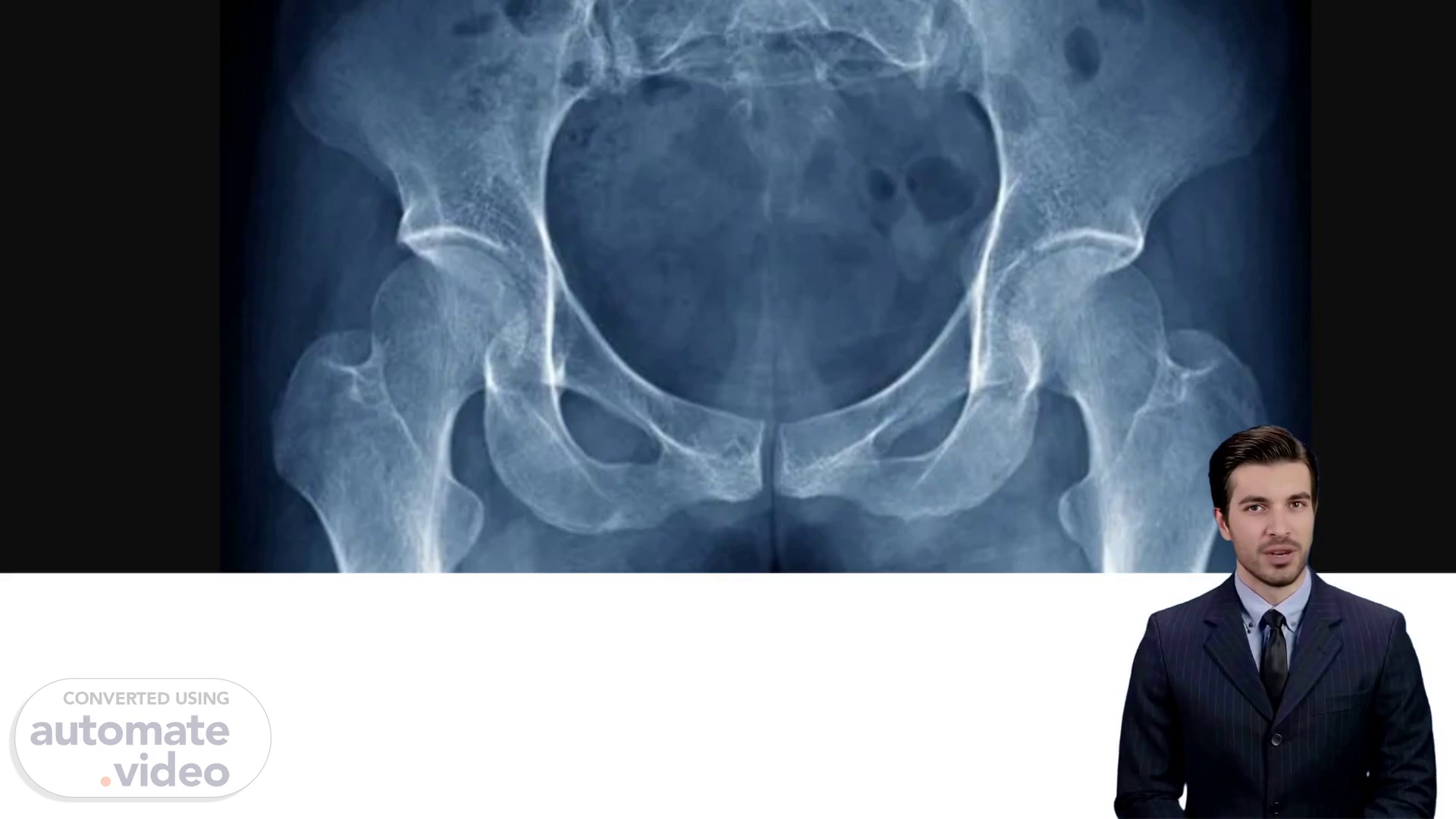Scene 1 (0s)
[Virtual Presenter] We are thrilled to present to you on the significance of conducting a comprehensive hip examination. During our discussion we will cover the importance of acquiring a detailed medical history and evaluating the hip in five distinct positions to diagnose various hip disorders. Our presenter Ghislain Irakoze Habiyambere is a third-year medical student and will be sharing his insights on the examination of the hip in patients of all ages..
Scene 2 (31s)
[Audio] Examine hip pain a common complaint in patients of all ages. Hip pain can be caused by a range of factors including Gynaecological Genitourinary Gastrointestinal and Musculoskeletal among others. It is important to approach the examination with caution considering the complexity of the hip and the need to diagnose disorders accurately. We will start by conducting a thorough history gathering information about trauma associated symptoms sports and hobbies past surgeries and past medical history among other elements. In the next section we will explore the different types of hip injuries and their causes..
Scene 3 (1m 9s)
[Audio] The physical examination of the hip can be conducted in five different positions: standing sitting supine lateral and prone. By approaching the hip using these five positions we can get a better understanding of the source of any pain or discomfort the patient may be experiencing..
Scene 4 (1m 27s)
[Audio] Analyzing several components of the hip examination including stride length internal or external rotation of the foot pelvic rotation leg limp and stance phase can be done during the standing test. Any snapping or clinking sound should be noted as they can indicate iliotibial band tightness or intraarticular pathology. If necessary we can ask the patient to recreate those sounds to differentiate between internal and external snapping. Additionally leg length discrepancy and spinal alignment can be analyzed during the standing test to identify any abnormalities or potential issues that may be affecting the hip joint. This information can help us develop an appropriate treatment plan. In conclusion the standing test is a crucial component of the hip examination and provides valuable insights into the patient's hip joint health. By analyzing gait and alignment we can identify any potential issues and develop an appropriate treatment plan..
Scene 5 (2m 28s)
[Audio] The examination techniques are vital in the diagnosis and treatment of hip injuries. The Trendelenburg test assesses the functionality of the hip abductor muscles and neural loop. A positive test indicates a deficiency in the abductor's capability. It is essential to establish a comparative standard by performing the maneuver on the unaffected side. The laxity test evaluates hip laxity which happens when the knee joint hyperextends beyond 5 degrees. This test can detect irregularities in the hip joint and help to guide treatment plans..
